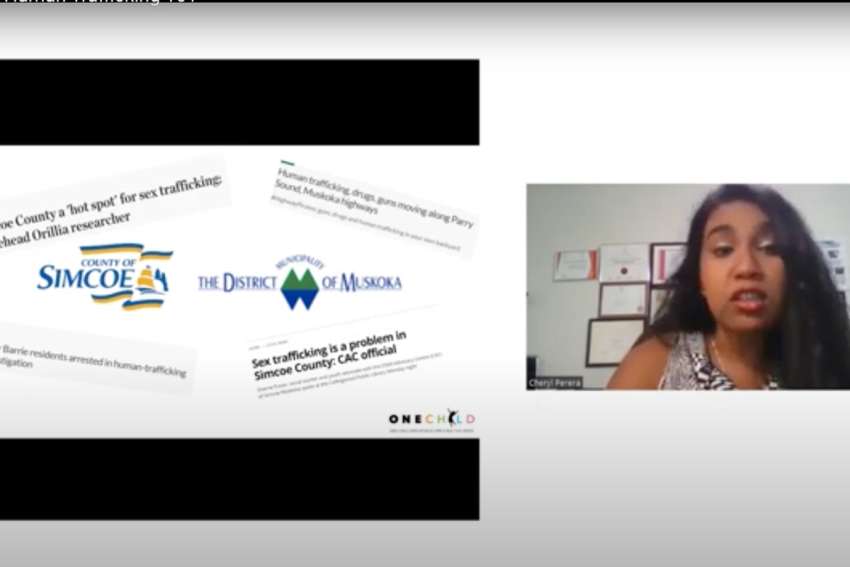Acting upon a directive by Ontario’s Ministry of Education, the protocols will help protect students from being lured into this web of criminality.
“What was great was getting to work with other school boards in conceptualizing how to raise awareness and specifically respond when there are concerns about human trafficking,” said Chantelle Quesnelle, the mental health lead for the Simcoe Muskoka board.
Strategies to curtail this problem were devised for board staff, parents/caregivers and the student body in a document called “Keeping Students Safe: Anti-Human Trafficking.”
Teaching staff are being armed with information and resources to educate students on how to identify the signs “a student is being targeted, lured, groomed, trafficked or is trafficking another student, and how to bring concerns about luring, grooming, recruitment or existing human trafficking to the school without fear of reprisal.” Staff will also be provided with ongoing training to learn key definitions, the myths and misconceptions of trafficking and how to respond and report incidents while protecting a student’s identity.
Webinars and information has been posted online to arm parents and caregivers with the know-how to detect illicit online activity and how they can report suspicious incidents.
Schools are encouraged to display posters within schools, develop social media content and host information seminars to inform students how they can report concerns of potential trafficking within the halls of their learning community.
Quesnelle said it is key to remember that the best process to hamper the risk of a school becoming a hotbed for trafficking is fostering a nurturing and supportive environment.
“We know that when students have good relationships with caring adults in their lives, when they are engaging in activities that promote positive mental health and when they know what to do when they need to reach out for extra help — all of those things are protective factors,” said Quesnelle. “At school, we really work at building all of those things.”
Regarding direct conversations about the dangers of human trafficking with students, Quesnelle said “we need to be conscious about the developmental age of the students,” about when and where to broach the subject and what content to utilize.
Each district was advised to consider the historical patterns and tendencies of human trafficking incidents — and crime in general — within their region during the process of formulating a comprehensive strategy.
Ontario has historically had the highest instances of human trafficking each year, and it was again the case in 2021. According to Statistics Canada’s Trafficking in Persons, 2021 report, 341 of the 552 police-reported incidents of human-trafficking — 61.8 per cent — occurred in Ontario.
Barrie, where the board’s head office is located, was not immune. According to the data, there were 11 cases of trafficking in the region in 2021, which equals 4.2 incidents per 100,000 population, triple the national average of 1.4 incidents per 100,000 population.


